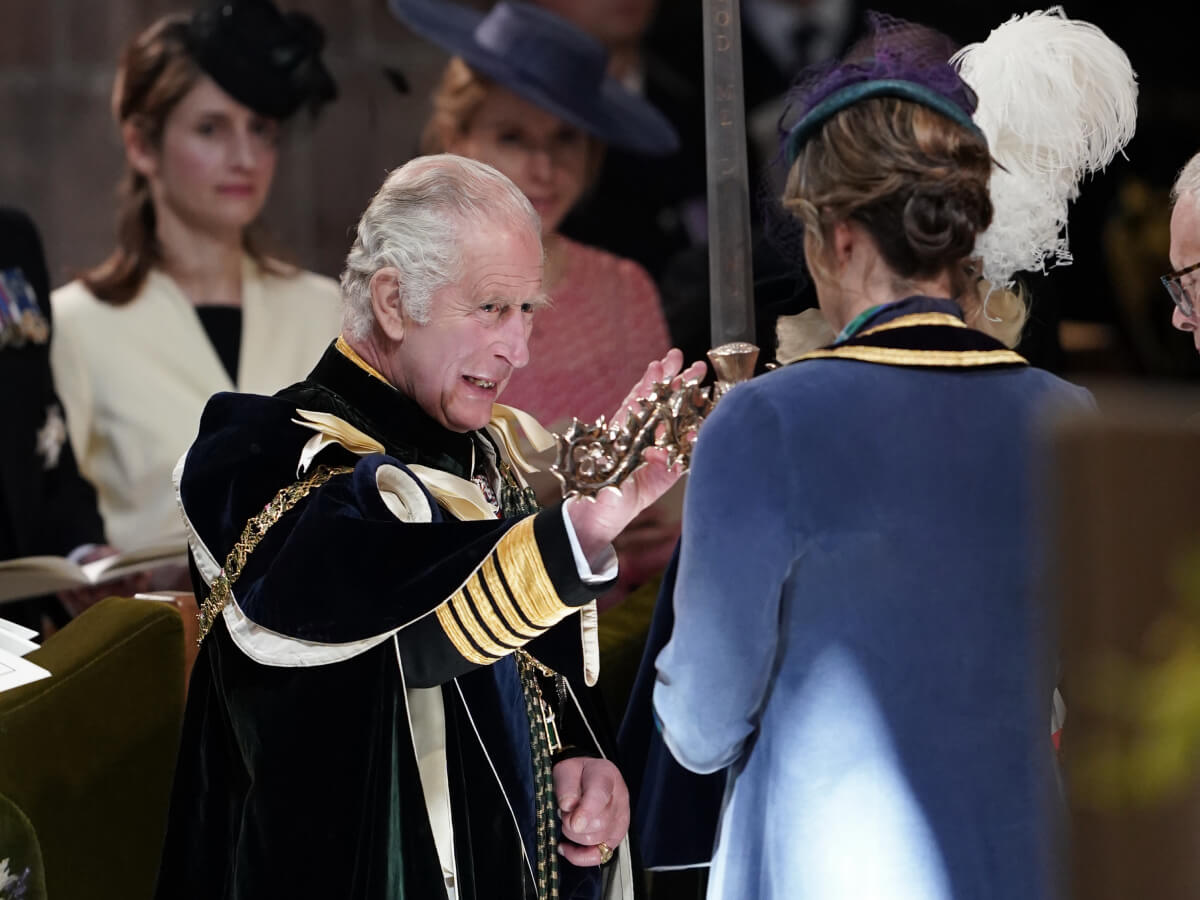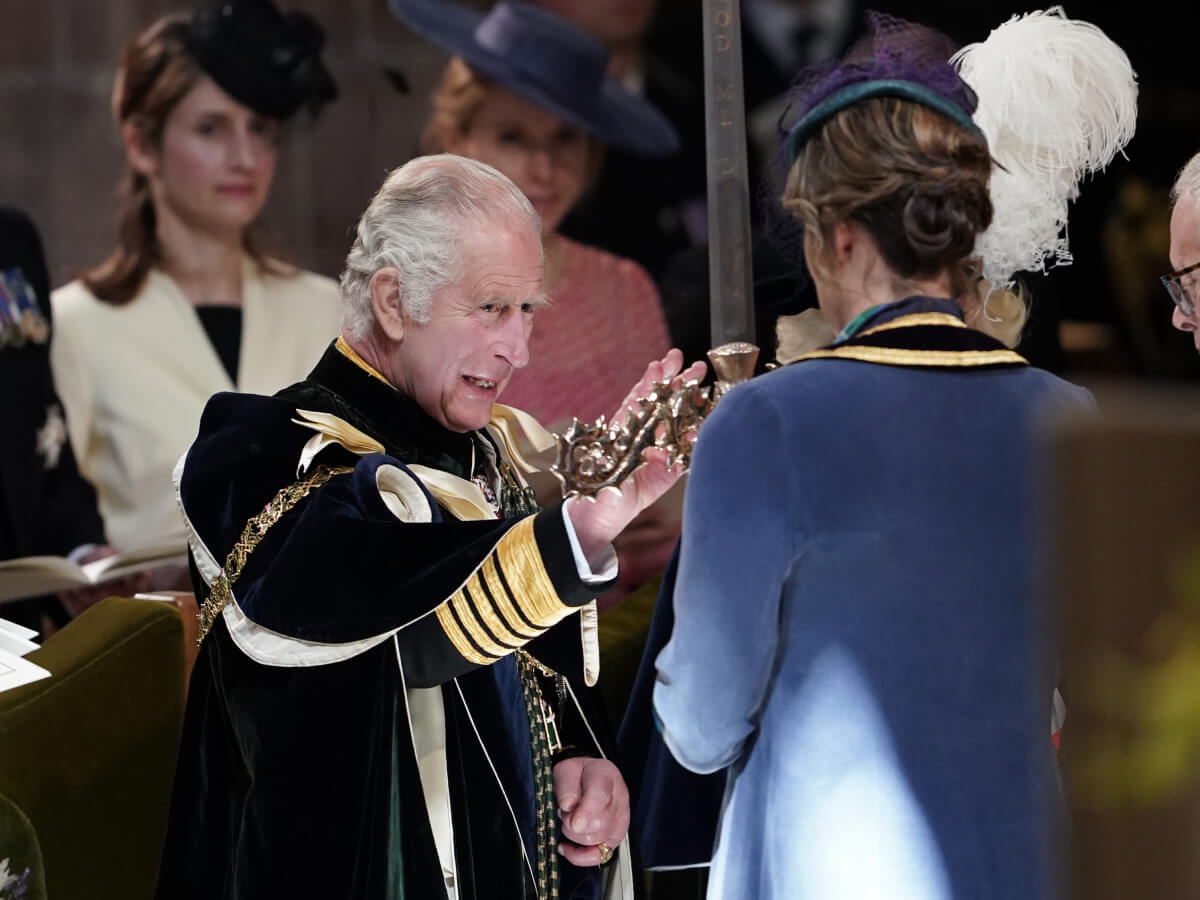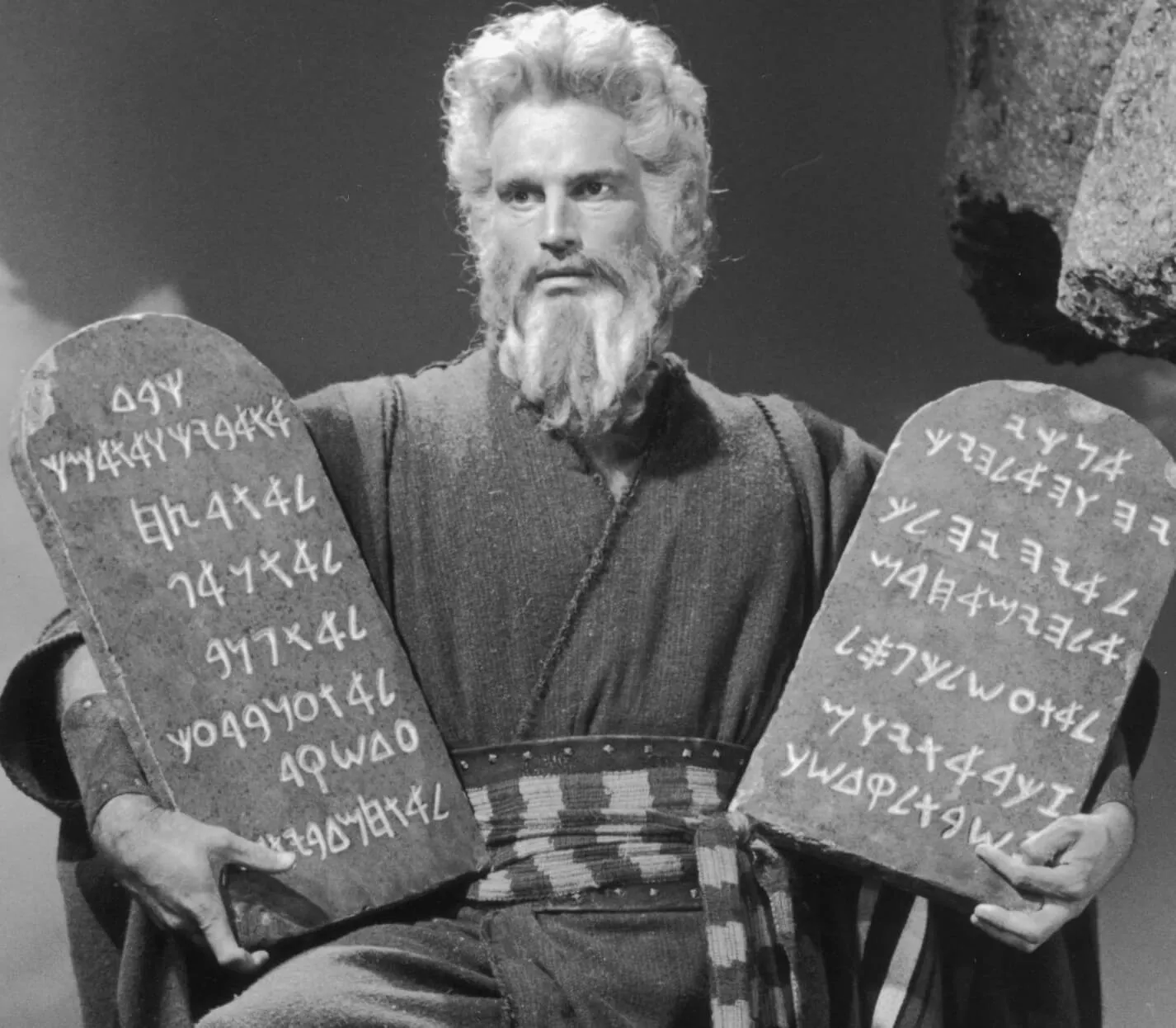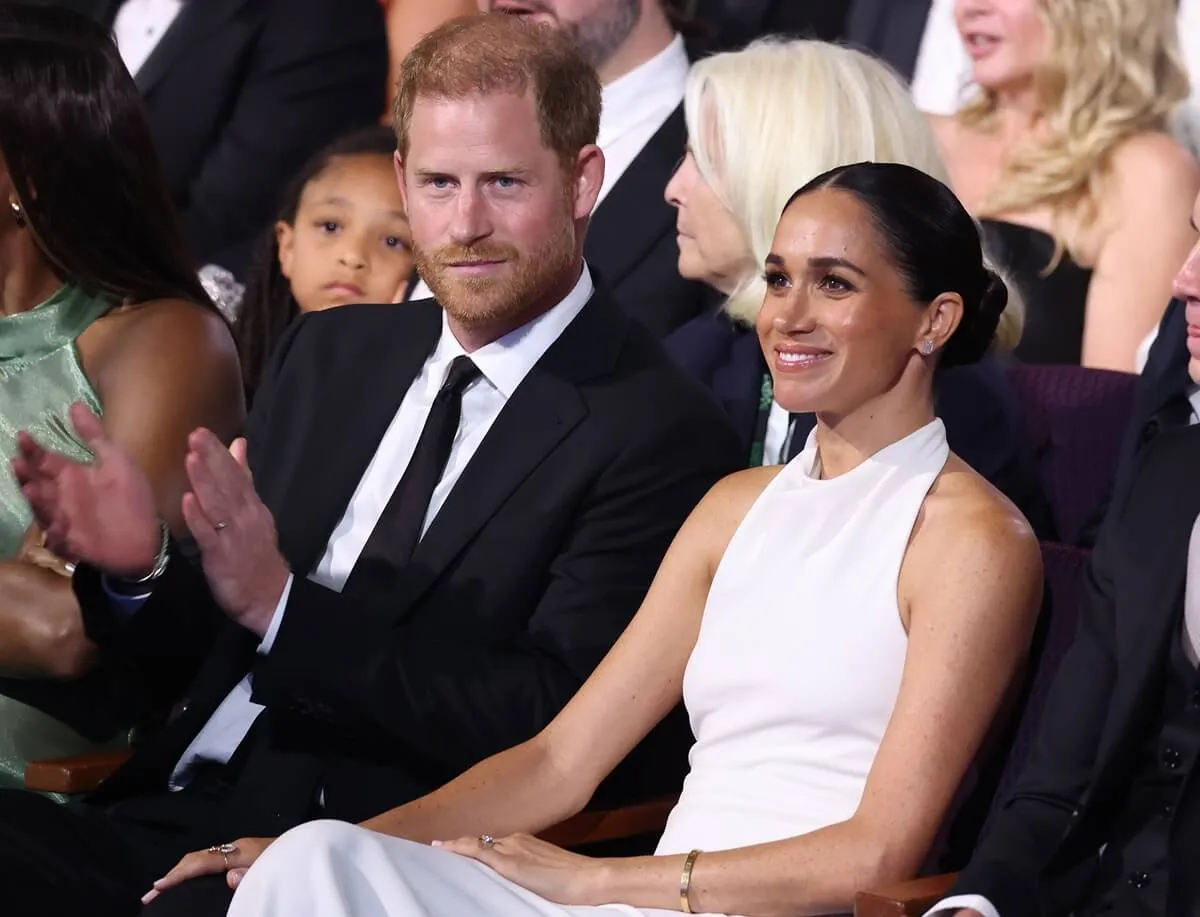
King Charles’ Scottish Coronation Replaced His $1.9 Million Ceremonial Sword With the Much Cheaper ‘Elizabeth’
King Charles‘ second coronation in Edinburgh introduced a significant change to the traditional royal protocol. This grand event, part of the annual Royal Week, highlighted a deviation from the norm as the monarch received the Scottish Crown Jewels.
The historic Sword of State, typically an integral part of the ceremony, was replaced with a new ceremonial sword. Called The Elizabeth, this contemporary piece offers a unique fusion of tradition and modernity while honoring the late Queen.

King Charles’ Scottish Coronation will feature a new ceremonial sword
Charles was the center of attention at his second coronation event in Edinburgh. This grand ceremony was one of the highlights of the annual Royal Week, where the reigning monarch sets up residence at the Palace of Holyrood House.
The coronation procession commenced along the famed Royal Mile, culminating at St Giles’ Cathedral. King Charles received the historic Scottish Crown Jewels during a national Thanksgiving service held at St Giles’ Cathedral.
Although the Scottish Crown Jewels have been a key element of the coronation ritual, there was a notable change this time around.
Due to its fragility, the royals replaced the 500-year-old Sword of State with a new ceremonial sword named The Elizabeth. The sword was named in honor of Queen Elizabeth II. While the Sword of State has a rich history, The Elizabeth has a unique origin story of its own.
A closer look at the new ceremonial sword: The Elizabeth
Skilled Scottish artisans have executed the exquisite handiwork of the new ceremonial sword, a brainchild of the erstwhile Ormond Pursuivant of Arms, Mark Dennis. The sword proudly displays a pommel made from Lewisian gneiss and a scabbard carved out of Perthshire oak.
The design of the sword drew inspiration from the Scottish landscape and the country’s national flower, the thistle. Weighing in at 16.5lb, the sword stands as a substantial piece.
Maxwell Stone, the Creative Director at Steven Stone, estimated the value of The Elizabeth at around $28,000. However, like any royal artifact, especially regalia, its worth is expected to appreciate over time.
“Comprised of the Crown of Scotland, a Sceptre, and the Sword of State, the Honors of Scotland are the oldest crown jewels in the UK – so it’s going to be a historic moment to see King Charles presented with a new ceremonial sword,” Stone told Criss Cut.
Crafted in Italy, the antiquated Sword of State, a gift from the Pope to James IV, features a steel blade with a silver-gilt hilt, encased in a velvet-covered wooden scabbard. This remarkable piece of history surpasses half a millennium in age.
King Charles receives the Scottish Crown Jewels for his second coronation
Kicking off the coronation, King Charles and Queen Camilla embarked on their journey from the Palace of Holyroodhouse, their official residence in Scotland. A grand parade followed them, consisting of more than 700 participants from the Royal Navy, British Army, and Royal Air Force.
The esteemed Very Reverend Prof David Fergusson had the honor of presenting the crown jewels to the King. The jewels are timeless artifacts crafted from gold, silver, and precious gems—the oldest of their kind in Britain.
These invaluable artifacts include the crown, scepter, and sword, symbolizing significant elements of the coronation ceremony. Notably, the Crown of Scotland graced Queen Elizabeth’s coffin as she lay in repose at St Giles’ Cathedral, a memory cherished by royal watchers.
The crown has a rich history, dating back to the time of James V. It was first donned during Queen Mary of Guise’s Coronation in 1540.



